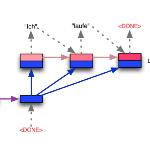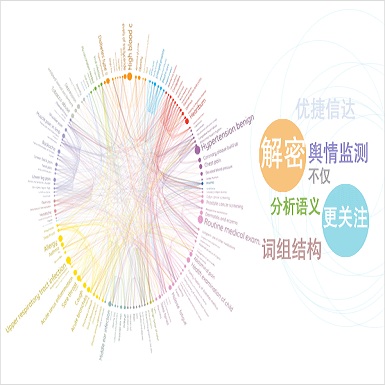Seq2seq models have been shown to struggle with compositional generalisation, i.e. generalising to new and potentially more complex structures than seen during training. Taking inspiration from grammar-based models that excel at compositional generalisation, we present a flexible end-to-end differentiable neural model that composes two structural operations: a fertility step, which we introduce in this work, and a reordering step based on previous work (Wang et al., 2021). To ensure differentiability, we use the expected value of each step. Our model outperforms seq2seq models by a wide margin on challenging compositional splits of realistic semantic parsing tasks that require generalisation to longer examples. It also compares favourably to other models targeting compositional generalisation.
翻译:Seq2seq模型被证明与总体构成(即一般化为新的和可能比培训期间更复杂的结构)斗争。我们从基于语法的模型中获得了灵感,这些模型在总体构成方面优于总体构成,我们提出了一个灵活的端到端差异神经模型,它构成两个结构操作:一个生育步骤,我们在这项工作中引入,一个基于先前工作的重新排序步骤(Wang等人,2021年)。为了确保差异性,我们使用每个步骤的预期价值。我们的模型在挑战现实的语义拼法的构成划分任务方面,以很大的幅度优于后续2seq模型,而这种拼法要求概括化的任务比其他针对总体构成的模型要好。





